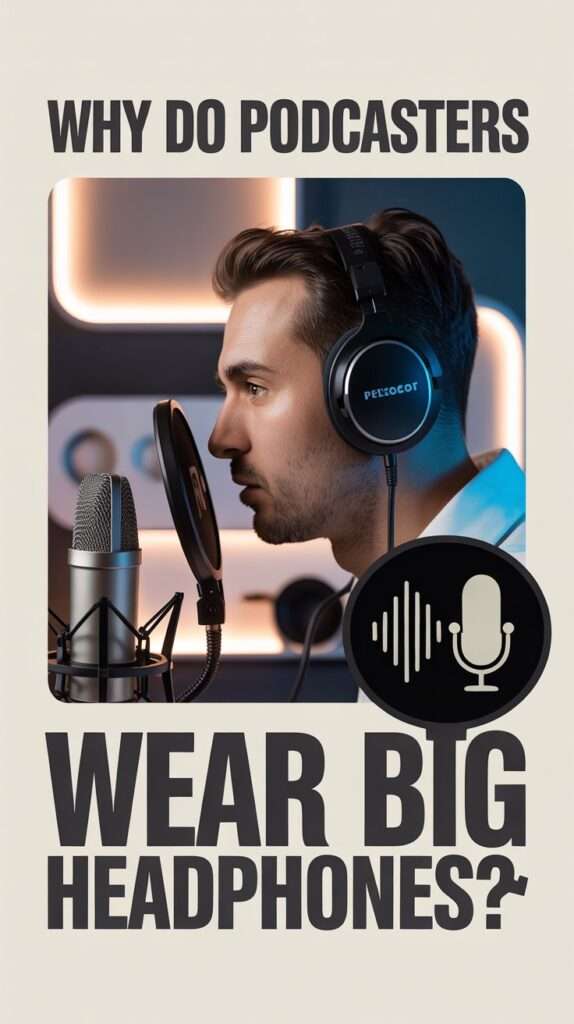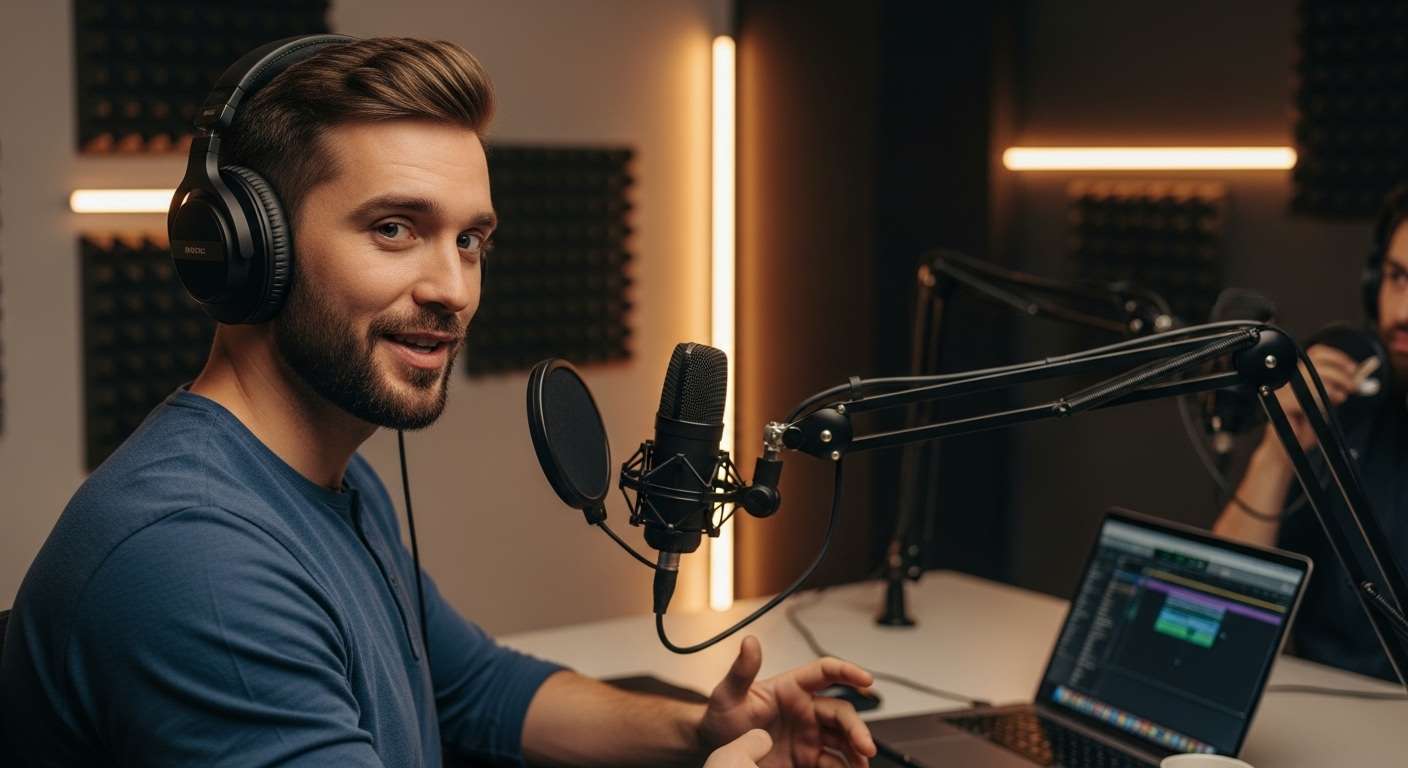We’ve all seen it: podcasters rattling off takes, dipping into clips, and wearing those heroic oversized cans that look like they could double as soundproof helmets. If you’ve ever wondered why those headphones are such a staple, you’re not alone.
Let’s dive into the world of big headphones in podcasting, and I’ll share practical angles, real-life tips, and a few opinions from the trenches of audio recording.
1. The core reason: monitoring and clarity
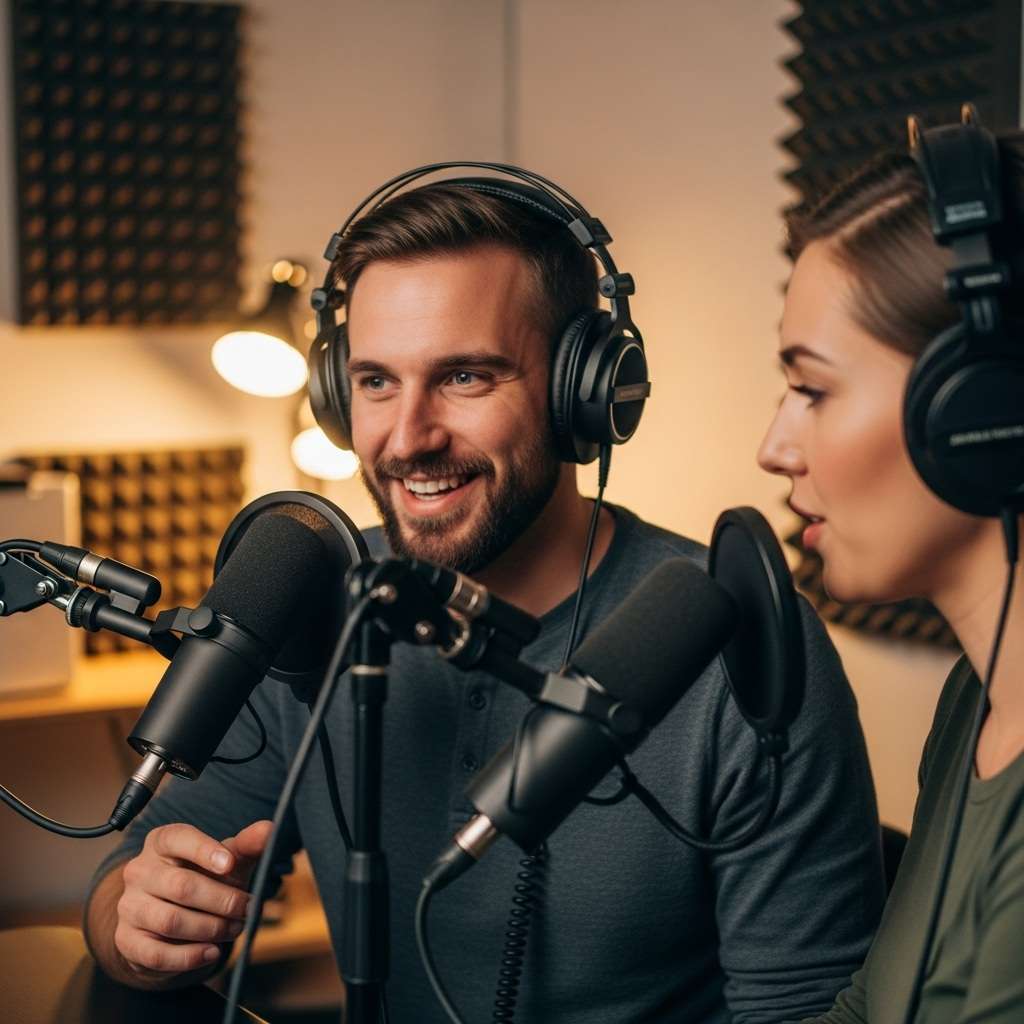
Podcasters wear big headphones primarily to monitor audio in real time. When you’re talking, you need to hear yourself and your co-hosts clearly, separate from the computer fan noise, room ambience, and any stray plosives. Large, closed-back headphones offer:
- Tight bass and mids that reveal if you’re pushing level too hard or distorting.
- Strong isolation from room noise, so you’re not constantly fighting what the mic hears.
- Immediate feedback on cue edits, ad reads, and guest interruptions.
If you’ve ever recorded with tiny earbuds or a speaker, you know the struggle: you can’t tell whether your mic is clipping until it’s too late. Big headphones help you catch that in the moment.
2. Soundstage and judgment: why size helps
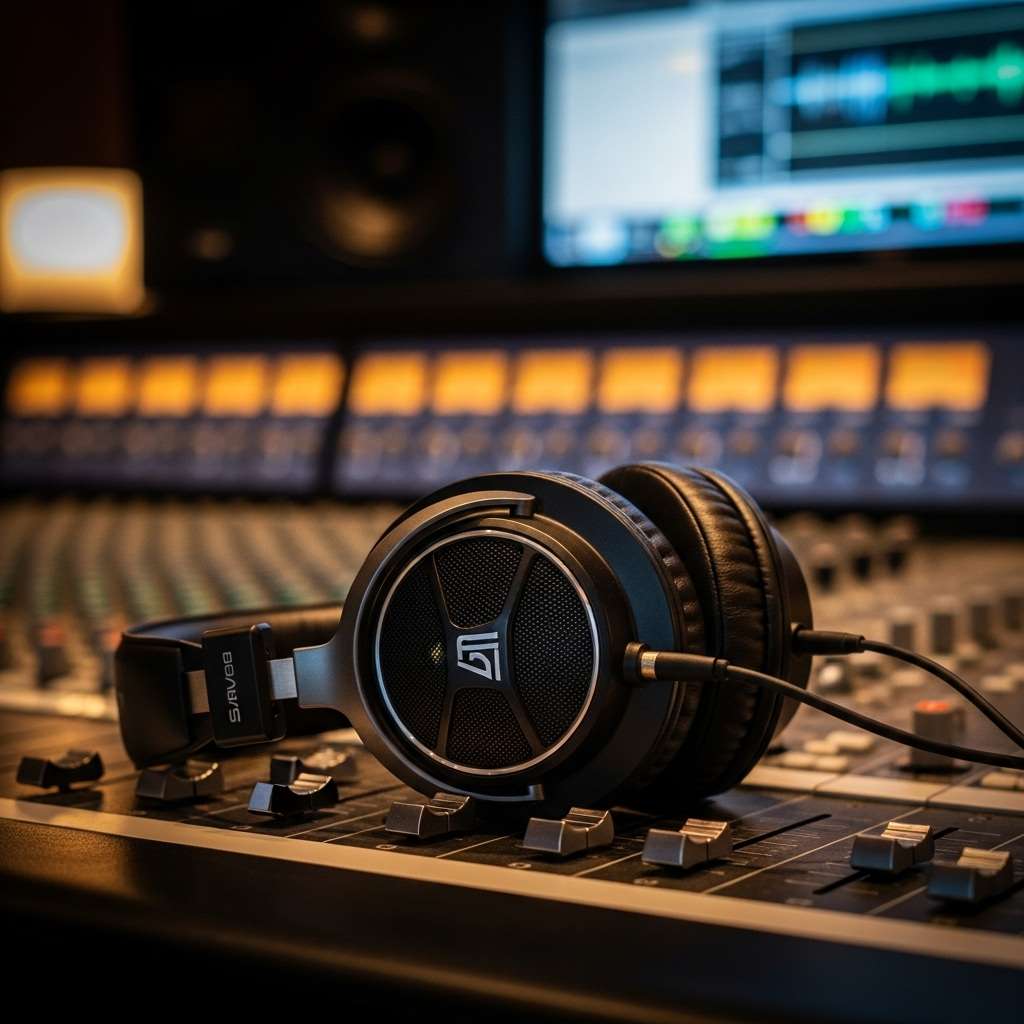
When you’re building a show, you want to trust what you hear. Larger headphones tend to deliver:
- A more accurate representation of rhythm and pace. You’ll notice if you’re talking over someone else, or if your breath control is drifting.
- Clear monaural voice portrayal. In dialogue-heavy podcasts, you want each speaker’s voice to appear as a distinct, stable point in the mix.
- Consistent listening across devices. If you test on a studio monitor, laptop, and phone, the headphones give you a consistent reference.
Ever tried mixing on a tiny speaker and then listened back on real speakers? The discrepancy can be painful. Big cans give you a more reliable baseline.
3. The ergonomic side: comfort for long sessions
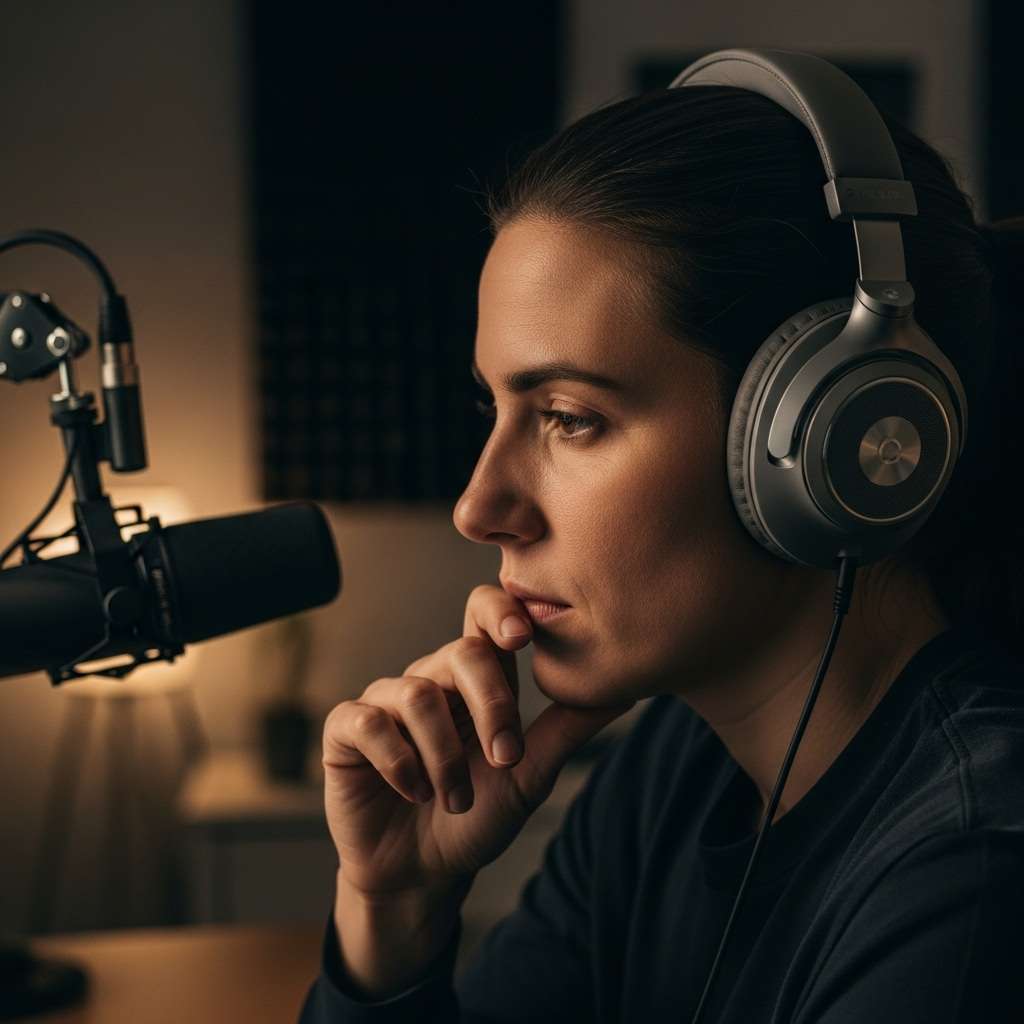
Podcasts aren’t always short. Interviews, storytelling episodes, and live sessions can stretch for an hour or more. Big headphones typically:
- Have plush ear cushions that seal without squeezing.
- Offer adjustable headbands that distribute weight evenly, reducing fatigue.
- Use sturdy, reinforced hinges for hours of use without squeak or wobble.
Comfort matters because when you’re comfortable, you stay focused on content rather than chasing a mid-session headphone adjustment. Your best takes often come from sessions where you forgot you were wearing anything at all.
4. Isolation vs. realism: choosing the right type
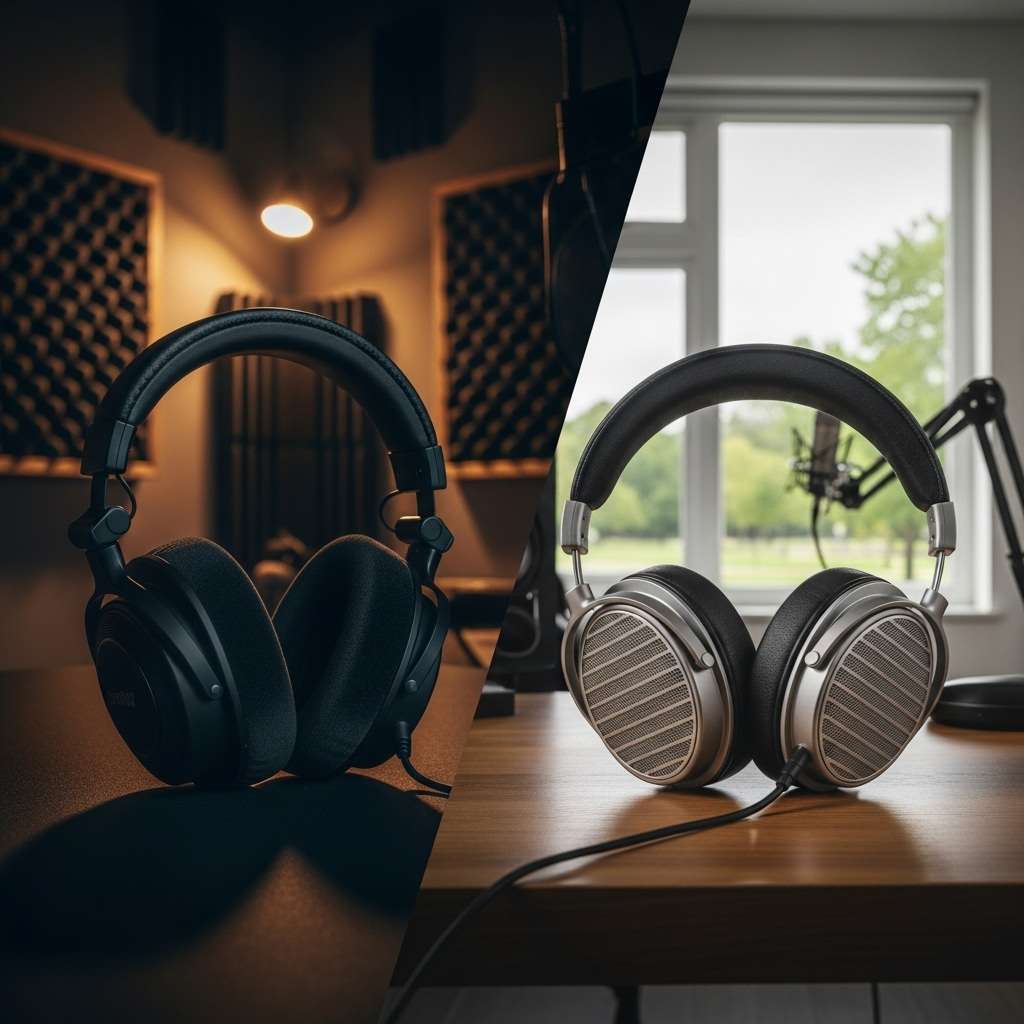
There are two broad camps in podcast headphone design: isolation-focused and more open-back models. Each has its own vibe for podcasting.
- Closed-back (isolation): Delivers excellent outside-noise suppression, strong bass, and less bleed into the mic. These are the go-to for most studio setups.
- Open-back (breathable, more natural): Soundstage feels more natural and airy, but leaks sound in and let in room noise. Great for warmer, more natural dialogue but not ideal when you need strict isolation.
If you’re recording in a busy home or apartment, closed-back headphones reduce bleed and keep your mic’s job clean. If you’re chasing a more “live room” feel and you’re in a quiet environment, open-back can feel more like being in the same room with your guests.
5. Practical picks: how to pick your big headphones
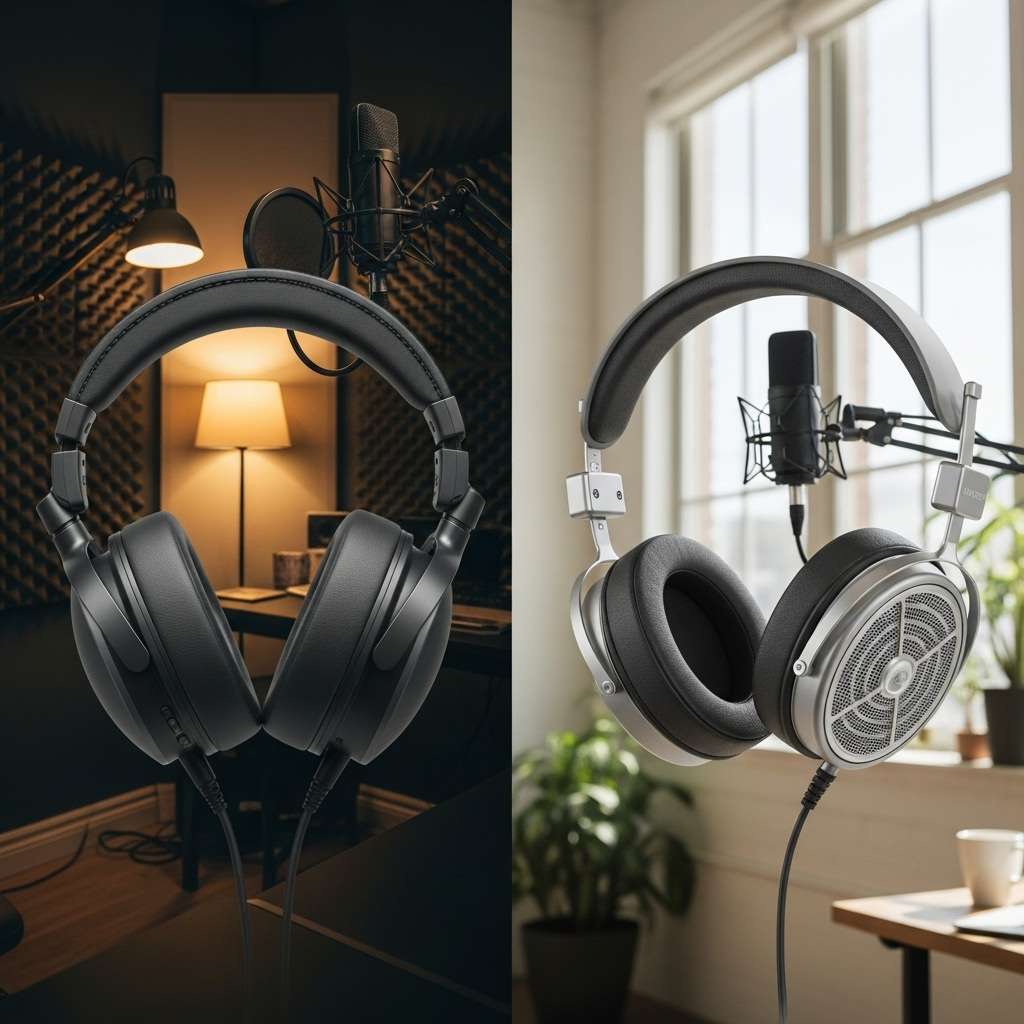
Choosing the right pair comes down to fit, sound, and how you plan to use them. Here are practical considerations I find most important, plus a few favorite examples I’ve tested in the wild.
- Comfort and clamp force: You want a secure but not painful fit after an hour. Look for adjustable sliders and soft memory-foam pads.
- Sound signature: A balanced response with clear mids helps voices stay natural without sibilance or boom.
- Cable and impedance: A long, detachable cable reduces tension on the head; lower impedance headphones play nicely with portable audio interfaces.
- Durability: A sturdy headband and rugged cups survive travel and frequent use.
- Return policy: If you can, test at home for a week. If it’s not the vibe, you can swap.
Recommended starter options for podcasters:
- Closed-back workhorses with reliable voice reproduction and solid comfort for long sessions.
- Mid-tier headphones that strike a balance between price and performance.
- A few premium models that deliver exceptional detail, if you’re ready to invest.
What I look for in a daily pair: even, controlled bass; clean mids; a comfortable fit that doesn’t clamp too hard; and a cable that doesn’t tangle every five minutes.
6. Microphone proximity effect and your headphones
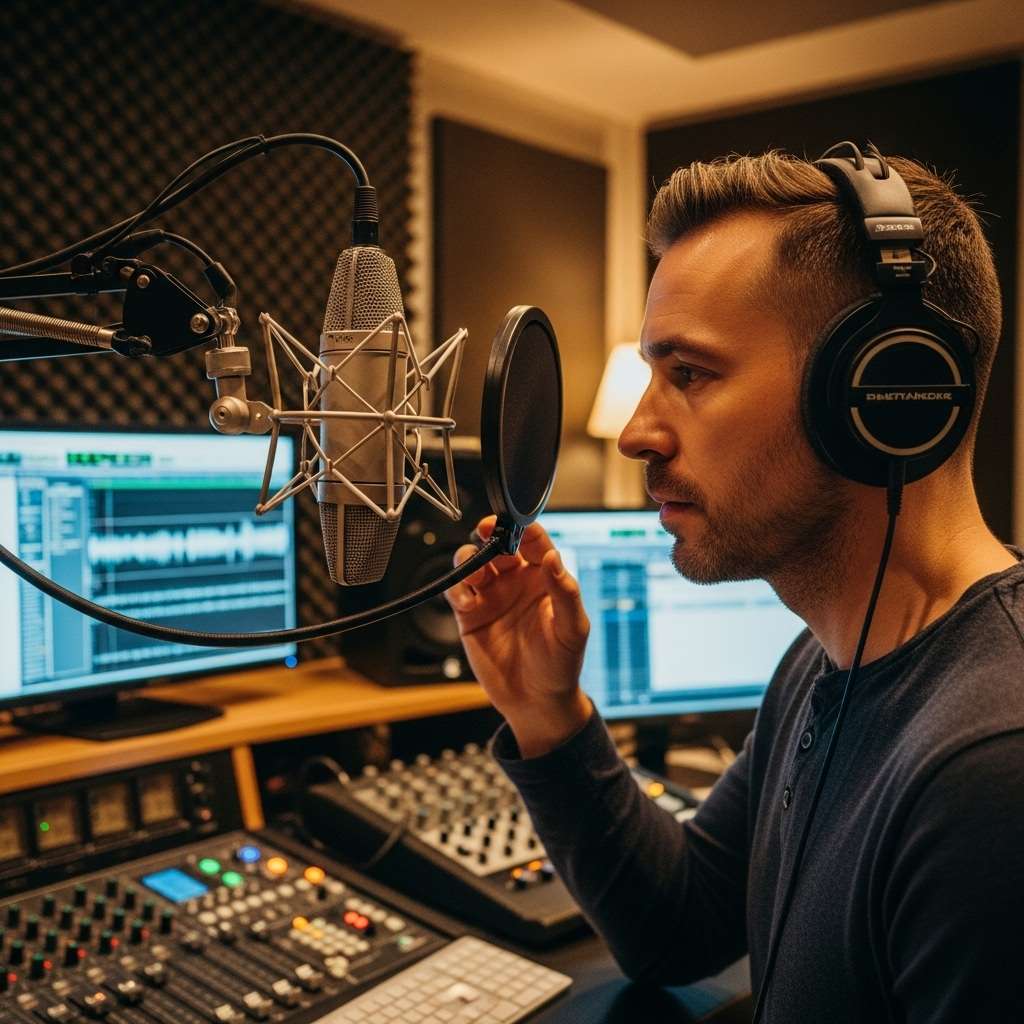
One reason big headphones matter is proximity effect. When you lean in, the mic picks up more bass. If you’re wearing headphones that reveal your own voice’s bass presence, you can adjust your distance to avoid too much low-end mud. It’s a simple self-check that saves a mix later.
- If your voice sounds muddy, you may be too close or too far from the mic.
- If you hear irritating sibilance, you might need to adjust mic gain or positioning rather than blaming the headphones.
- Use dynamic mic proximity rules: keep a consistent distance, and your voice will stay stable.
Headphones help you catch these issues live, which speeds up the process of getting clean recordings.
7. The role of headphones in post-production workflow
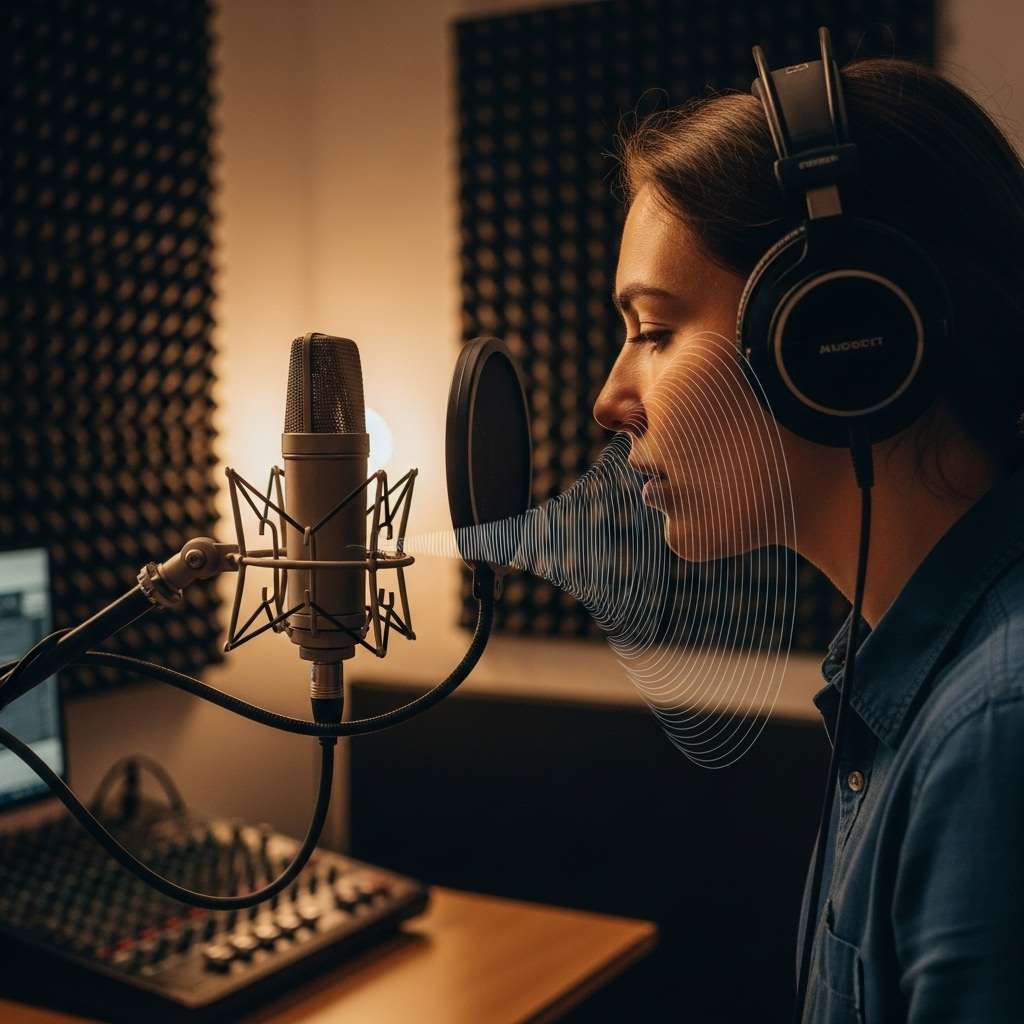
Headphones aren’t just about what you hear during recording. They influence how you edit, mix, and master.
- Editing with reliable reference: You need to hear the true levels and speech clarity to cut accurately.
- Consistent tone across episodes: If you switch headphones often, you risk tonal shifts from one set to another. A reliable daily driver reduces this problem.
- Monitoring for SFX and music: When you add sound design or a music bed, big headphones help you hear how loud those elements sit with dialogue.
If you regularly add intro music, stingers, or ambient bed tracks, a good monitoring setup with big headphones is essential to achieving a professional balance.
8. Real-world anecdotes: how pros use big headphones
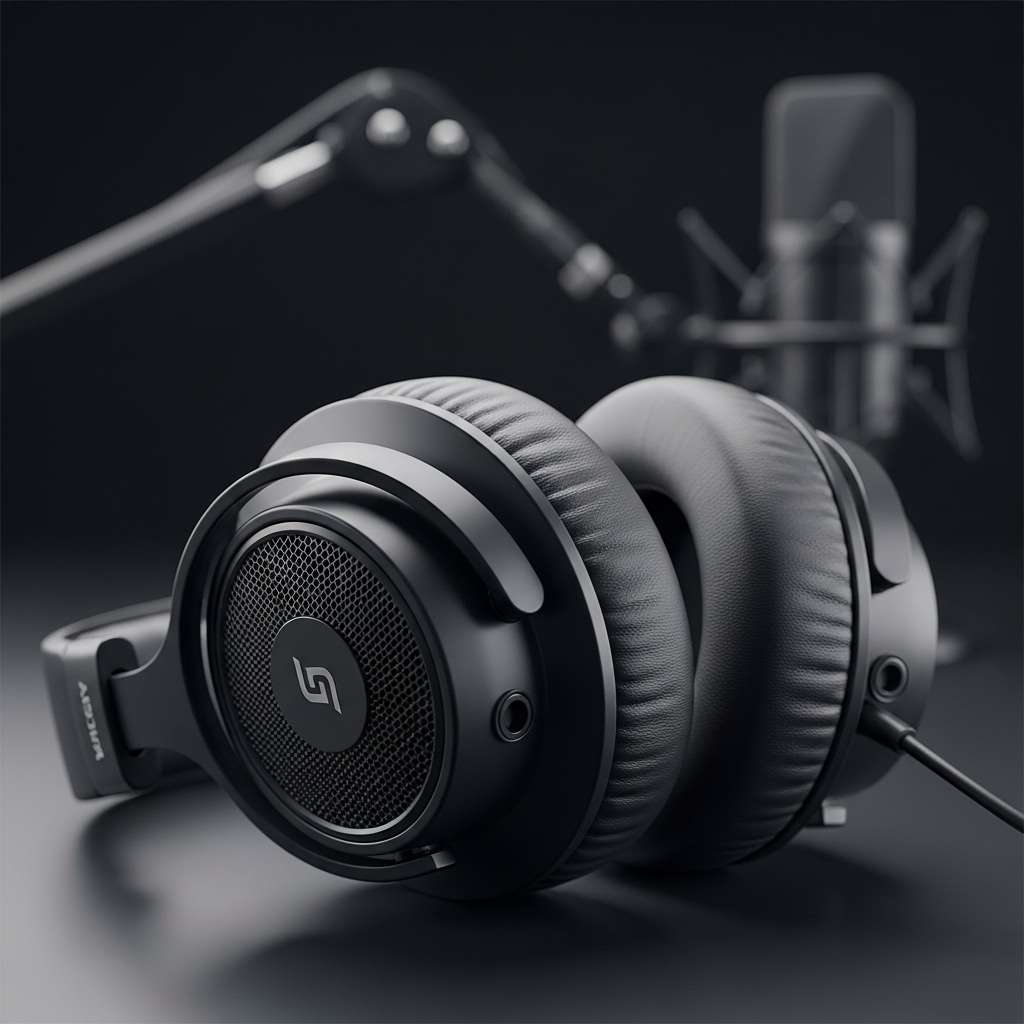
I’ve chatted with a handful of podcasters who swear by their oversized workhorses. Here are the patterns I’ve noticed that tend to matter in everyday use:
- Consistency is king. If you switch headphones mid-season, you’ll notice uneven loudness and tonal differences. Pick a model you can rely on and stick with it.
- Isolation reduces spill. A lot of interview-based podcasts benefit from closed-back designs to cut down on bleed into the mic when a co-host laughs or a guest reacts.
- Comfort is a productivity hack. If you tolerate your gear, you’ll record longer sessions and produce more content without fatigue.
Have you ever ended a recording with a cramp in your jaw from headphones that were too tight? It’s not just uncomfortable; it can disrupt your focus and your delivery.
9. SEO-focused takeaways: optimizing your podcast gear page
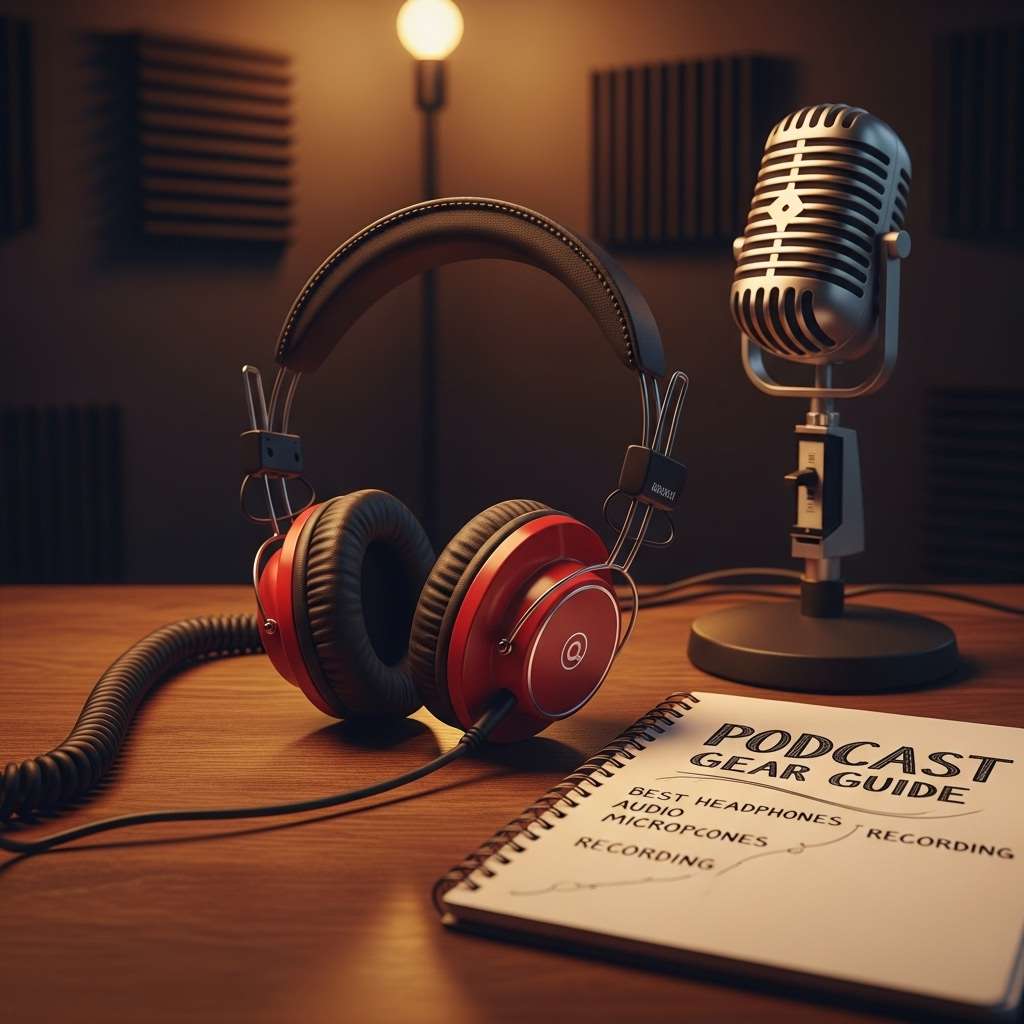
If you’re building or updating a podcasting gear guide, here are SEO-friendly angles to highlight big headphones without turning readers off with jargon.
- Primary keyword idea: Why do podcasters wear big headphones?
- Secondary keywords: podcast monitoring headphones, closed-back headphones for podcasting, best headphones for voice recording, how to choose podcast headphones.
- Content structure: clear sections with H2s and occasional H3s for deeper dives, bullet lists for specs, and bolded key points to catch the eye.
- Internal linking: connect to articles about microphone placement, room treatment, and editing software to keep readers exploring your site.
- User intent: focus on practical guidance, not just specs. Include pros/cons, real-world tips, and a short “best for” guide.
Quick setup guide: get started today
If you’re itching to level up your podcasting game, here’s a practical starter kit you can assemble this week.
- Start with a pair of comfortable closed-back headphones.
- Pair them with a simple audio interface that feeds clean monitoring into your cans.
- Calibrate your monitoring level so your voice sits at a sensible loudness without fatigue.
- Do test recordings with a guest or friend and listen for balance between voices.
- If you hear your own voice sounding boomy or hollow, adjust mic placement and gain before you sweat over EQ.
And yes, FYI, you don’t need the most expensive setup to sound great. Consistency beats luxury every time.
10. Common pitfalls and how to avoid them
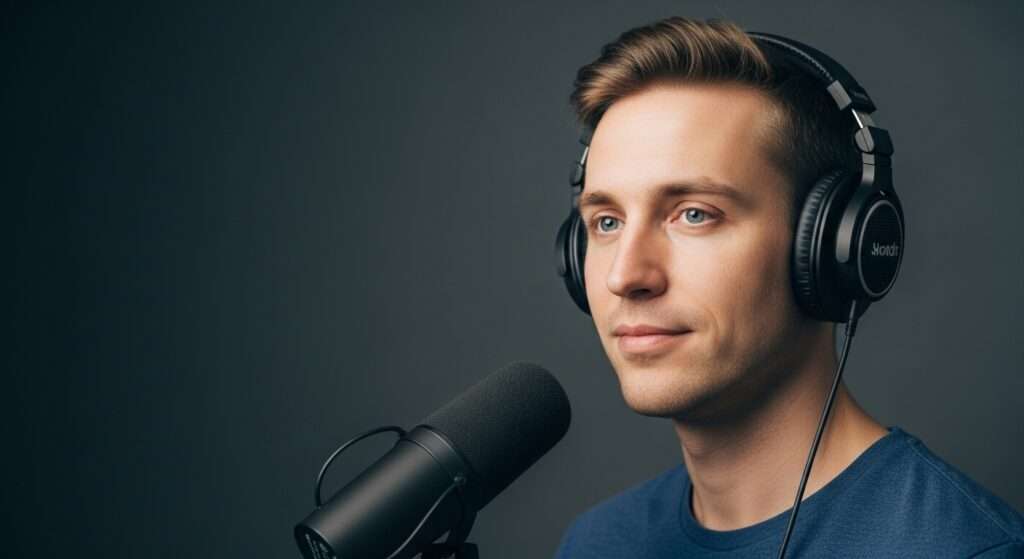
- Over-relying on a single headphone model: Your room and mic combo matter too. Keep a backup pair and compare periodically.
- Matching headphones to hype: Don’t buy based on marketing alone. Listen first if possible, then decide.
- Ignoring comfort: If you dread wearing them, you’ll rush recordings. Prioritize comfort over marginal sonic gains.
A friendly conclusion: your next move
Big headphones aren’t a fashion statement; they’re a practical tool for clarity, consistency, and comfort in podcasting. They help you monitor in real time, catch issues before they become a problem, and keep your listeners engaged with a steady, clean sound. If you’re starting from scratch, pick a comfortable closed-back pair, test with a couple of sessions, and let your ears guide you.
What’s your current setup like? Have you noticed a particular pair that transformed your workflow? If you want, tell me your budget, mic, and room conditions, and I’ll tailor a few personalized recommendations.
Remember: the goal is to stay in the moment, deliver clear voice, and make your show as enjoyable for your listeners as it is for you to make.
